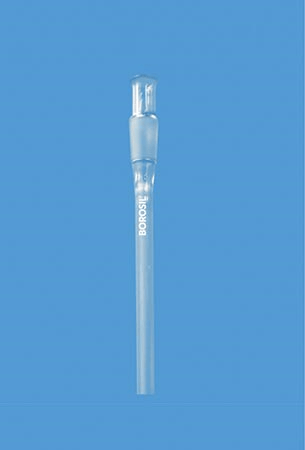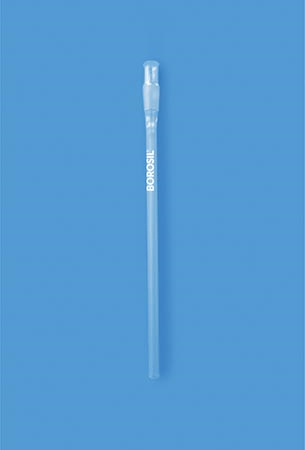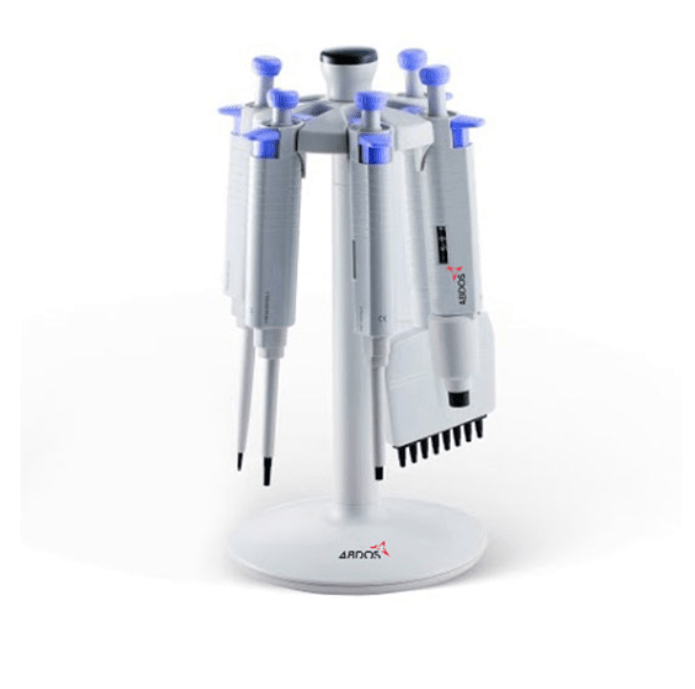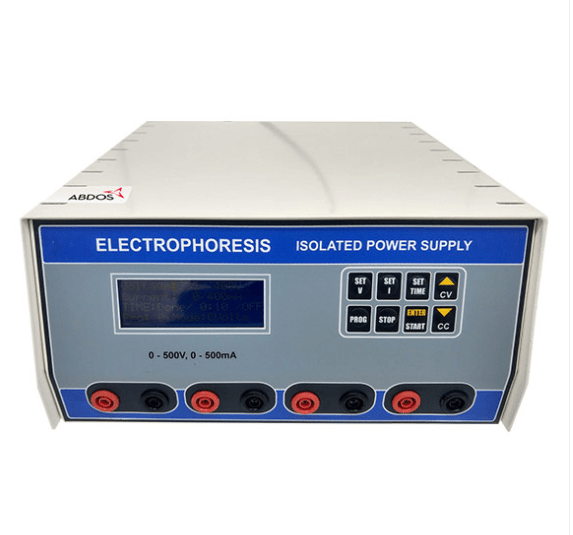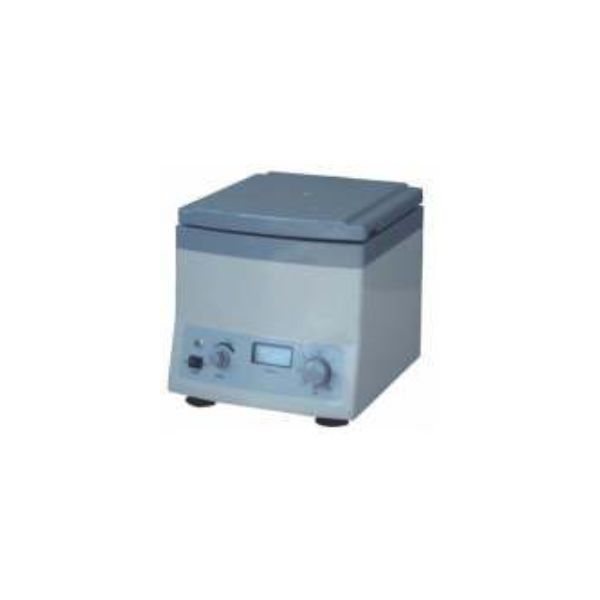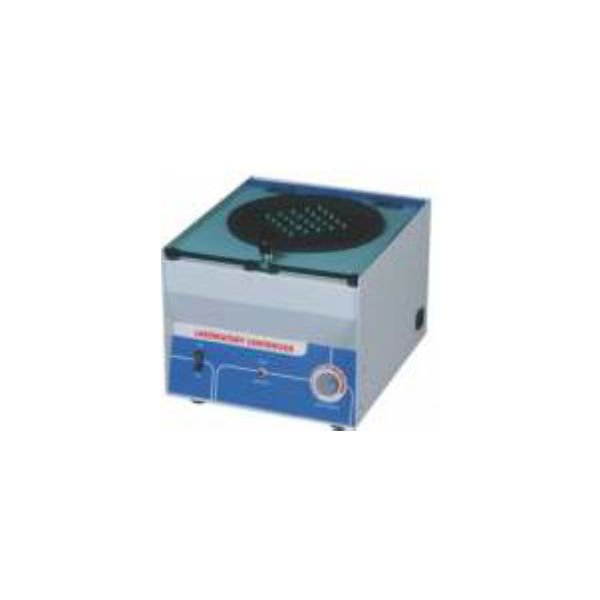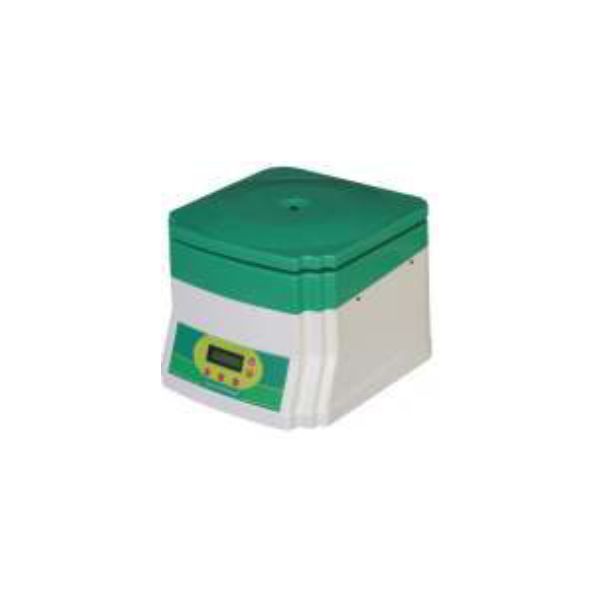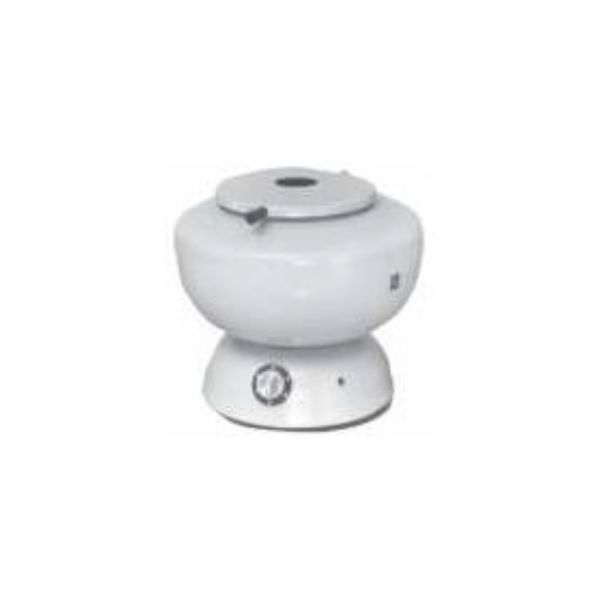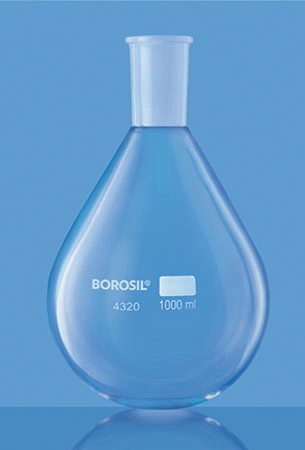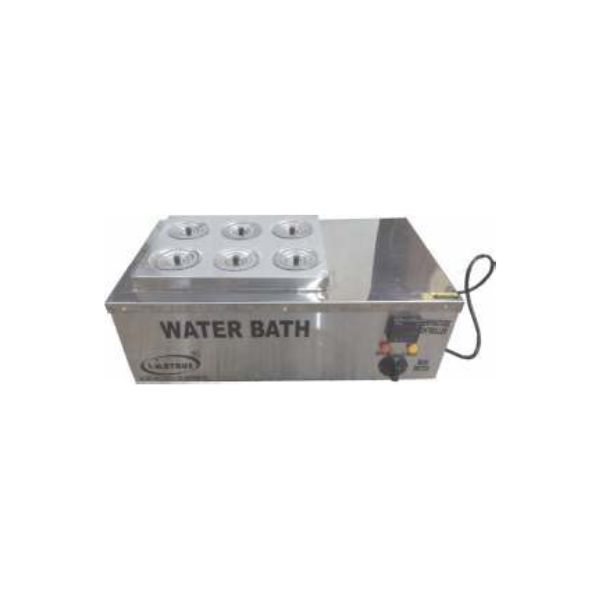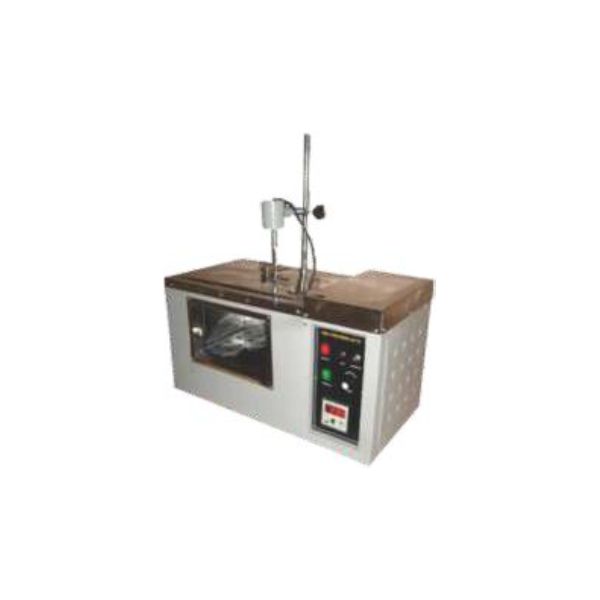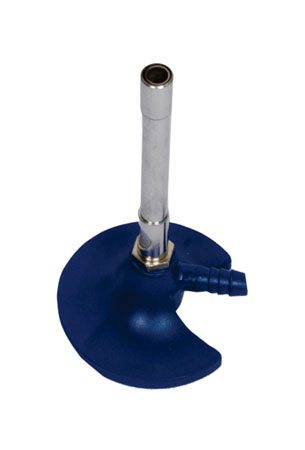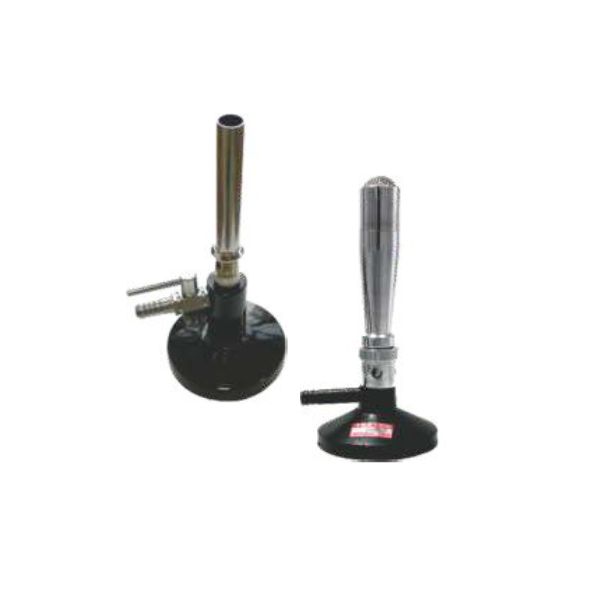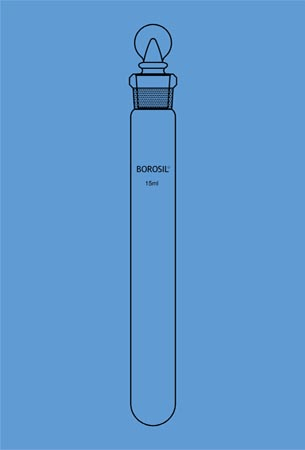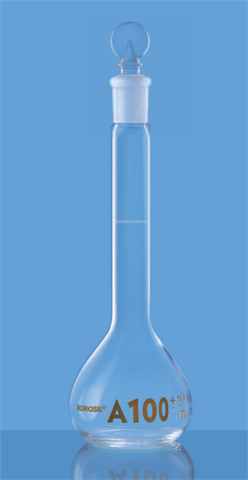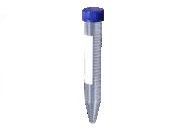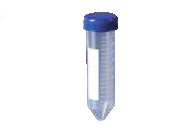Ethical practices in research labs
Ethical practices in research labs are crucial to ensure the integrity, safety, and reliability of scientific research. Adhering to ethical standards helps maintain public trust and promotes responsible conduct in research. Here are some key ethical practices to follow in research labs:
- Honesty and Integrity:
Conduct research with honesty and integrity, avoiding fabrication, falsification, plagiarism, and other forms of research misconduct.
Accurately represent your data and findings, including both positive and negative results.
- Informed Consent:
When working with human subjects or animals, obtain informed consent from participants and adhere to ethical guidelines for their welfare.
- Safety:
Prioritize safety in the lab. Follow safety protocols, use appropriate protective equipment, and be aware of potential hazards associated with materials and equipment.
- Confidentiality:
Safeguard the confidentiality of research data, especially if it contains sensitive or proprietary information.
Share data only with authorized individuals and in accordance with data-sharing agreements.
- Respect for Participants and Colleagues:
Treat research participants, colleagues, and lab members with respect and professionalism.
Promote a collaborative and inclusive research environment.
- Conflict of Interest:
Disclose any financial or personal conflicts of interest that may affect the objectivity or integrity of your research.
Manage and mitigate conflicts of interest appropriately.
- Authorship and Publication:
Attribute authorship accurately, giving credit to individuals who have made substantial contributions to the research.
Avoid honorary or ghost authorship.
Follow ethical guidelines when submitting research for publication.
- Data Management:
Implement proper data management and record-keeping practices, including data backup and secure storage.
Retain research records and data for an appropriate period as required by institutional or funding agency policies.
- Ethical Review:
Seek ethical review and approval for research involving human subjects, animals, or potentially sensitive topics.
Comply with institutional review board (IRB) or ethics committee requirements.
- Data Sharing:
Consider sharing research data and findings with the scientific community, following appropriate data-sharing protocols and standards.
Ensure data sharing respects privacy and confidentiality concerns.
Environmental Responsibility:
Minimize the environmental impact of research activities by adopting sustainable practices and proper disposal of hazardous materials.
- Adherence to Regulations:
Comply with all relevant laws, regulations, and institutional policies governing research, safety, and ethics.
Stay updated on changes to regulations that may impact your research.
- Education and Training:
Provide education and training to lab members and collaborators on ethical conduct, safety procedures, and responsible research practices.
- Reporting Misconduct:
Report any instances of research misconduct or unethical behavior to appropriate authorities or oversight bodies.
- Transparency:
Be transparent about your research methods, data collection, and analysis techniques. Provide sufficient information for others to reproduce your work.
- Peer Review:
Participate in peer review processes ethically, providing constructive and unbiased evaluations of research submissions.
Cultural Sensitivity and Inclusivity:
Be culturally sensitive and inclusive in your research practices, respecting diverse perspectives and backgrounds.
Ethical practices in research labs are essential not only for the quality of research but also for maintaining public trust in scientific endeavors. Researchers should continuously educate themselves on ethical guidelines and engage in open discussions with colleagues and mentors to promote responsible conduct in research.
